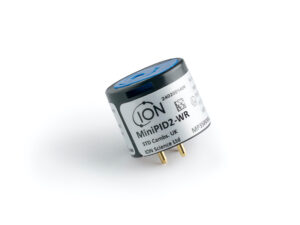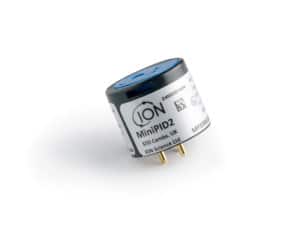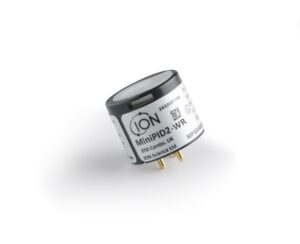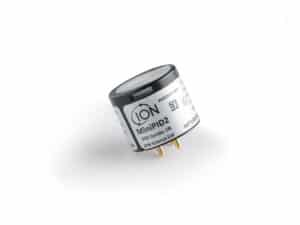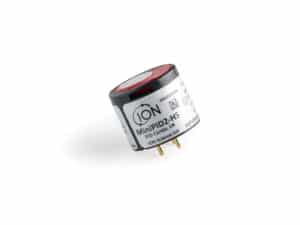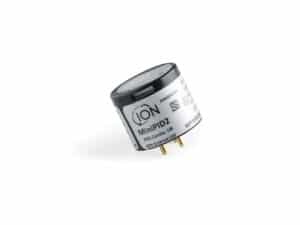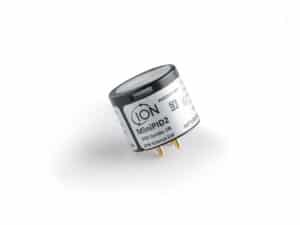
PID for Arson Investigation
One such tool for the detection of accelerants at fire scenes recommended by investigators is the photoionisation detector (PID) which has already proven to be an ideal solution for the detection of relatively low-level VOCs for health & safety and environmental applications.
These devices are battery powered and portable and can be deployed rapidly and safely to test areas between floorboards and under carpets where residual traces of accelerant may remain.
Where positive indications of accelerant residue are discovered, grab samples can be taken and carefully stored for subsequent analysis using headspace sampling and gas chromatography (GC). During headspace sampling, debris is collected in a part-filled, sealed jar and allowed to stabilise as debris is collected in a part-filled, sealed jar and allowed to stabilise at room temperature.
Any VOCs present will volatise (evaporate) and concentrate in the ‘headspace’ leading to a positive, reading on the PID. PIDs are ‘broadband’ in nature whereas GCs can speciate exact chemical makeup, therefore, only samples that incite high or significant PID readings need to be sent for more detailed analysis, saving time and money.
Figure 2 is a schematic of a proprietary PID sensor system. A UV lamp generates high-energy photons, which pass through the lamp window and into the sensor chamber. Ambient air is pumped over the sensor and about 1% of it diffuses through a porous membrane filter into the other side of the sensor chamber. The inset on the lower right of figure 2 shows what happens on a molecular level. When a photon with enough energy strikes a molecule M, an electron (e-) is ejected. M+ ion travels to the cathode and the electron travels to the anode, resulting in a current proportional to the VOC concentration. The electrical current is amplified and displayed as a part per million (ppm) or part per billion (ppb) concentration.
Not all molecules can be ionised. Conveniently, the major components of clean air i.e. nitrogen, oxygen, carbon dioxide, argon, etc., do not cause a response, but most accelerants do give a broadband response.
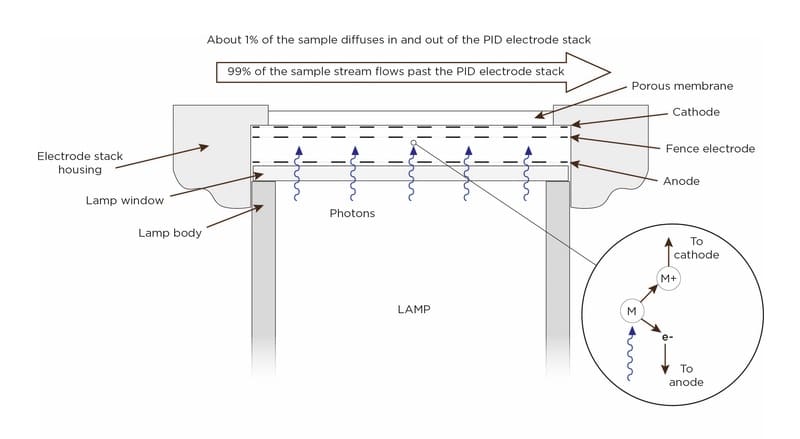
There are several good reasons to use a PID for arson investigation:-
- PIDs are portable and battery-powered making them ideal for field applications
- PIDs are a quick, simple to use and accurate method for the detection of accelerants at a fire scene
- PIDs are very sensitive to commonly found accelerants and will detect hundreds of gasses and vapours
- PIDs are non-destructive and will not affect the air sample which can be captured for further lab analysis
- PIDs reduce the quantity and cost of lab samples required to reach a conclusion as to the cause of the fire




